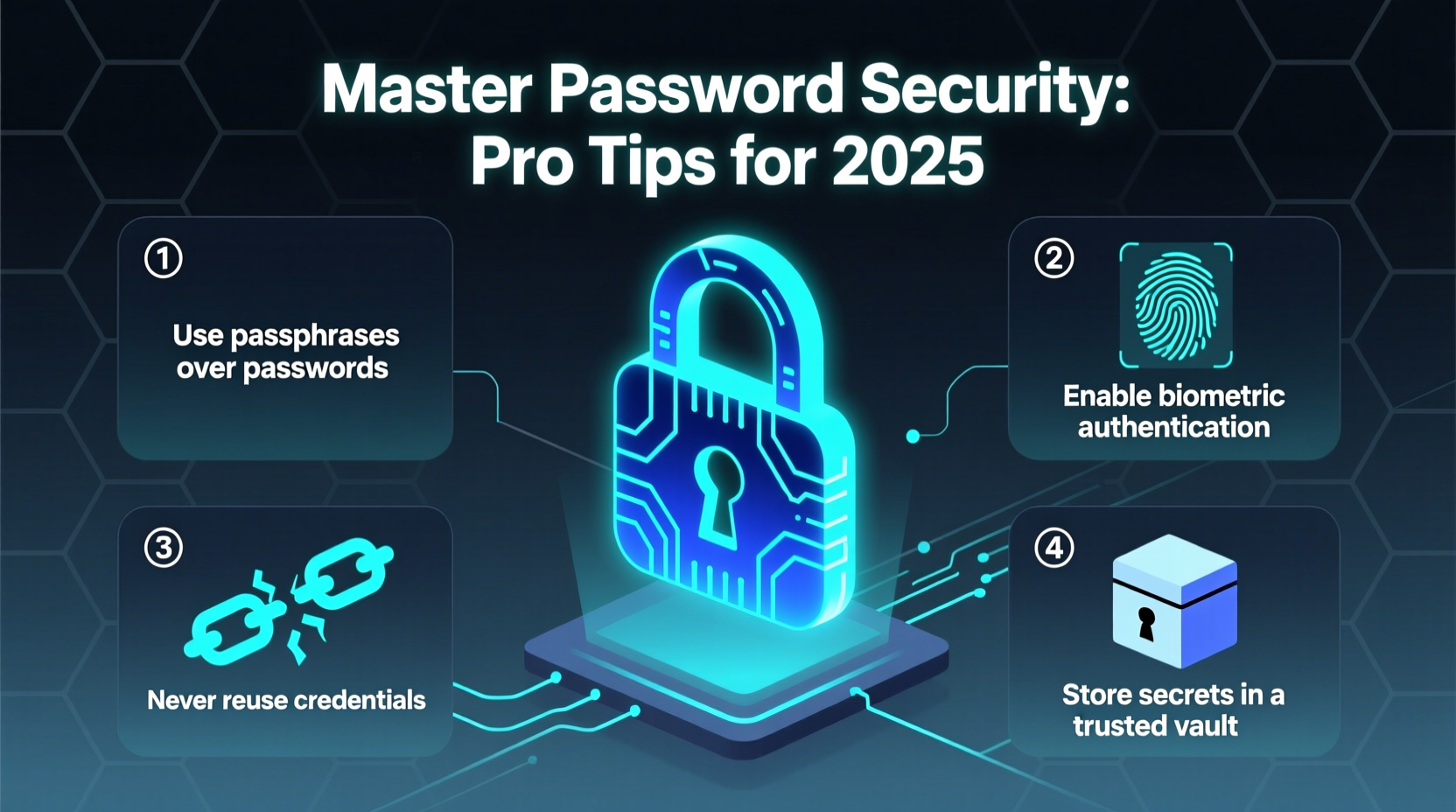Creating and managing strong passwords is crucial for maintaining online security and protecting personal data from cyber threats. In today's world, where digital crimes are on the rise, having a secure password is more important than ever. This guide will walk you through the process of creating and managing robust passwords like a pro, providing you with practical steps, tips, and comparisons to help you stay safe online.
Introduction
In a digital age where data breaches and cyber-attacks are increasingly common, understanding how to create and manage strong passwords is vital for personal and professional security. Weak or reused passwords are often the easiest targets for hackers, who can use them to access sensitive information and compromise your online accounts. By adopting the best practices for password creation and management, you can significantly enhance your security and protect your personal information from unauthorized access.
Step-by-Step Operation Guide
Step 1: Use a Password Manager
- Choose a reliable password manager that encrypts your passwords. Examples include 1Password, Dashlane, and Bitwarden.
- Set up an account and create a strong master password, as this will be the key to accessing all your stored passwords.
- Use the password manager to generate and store unique passwords for each of your accounts.
Step 2: Create Strong Passwords
- Ensure passwords are at least 12 characters long.
- Include a mix of uppercase letters, lowercase letters, numbers, and symbols.
- Avoid using easily guessed information such as birthdays, names, or common words.
- For example, use something like "4fjZ!m1n#XpQ" instead of "password123".
Step 3: Regularly Update Your Passwords
- Change your passwords every 3-6 months.
- Use your password manager to remind you when it’s time for an update.
- Ensure each new password is significantly different from the old one.
Step 4: Enable Two-Factor Authentication (2FA)
- Activate 2FA on accounts where it’s available.
- This additional security layer often requires an extra code sent to your phone or email, which makes it harder for hackers to access your accounts.
FAQ
- What if I forget my master password? Most password managers have a recovery process involving email verification or security questions.
- Are browser-saved passwords safe? It's better to use a dedicated password manager as browsers can be targeted for data extraction.
- Can I use biometrics instead of passwords? Biometric methods are convenient but should be used alongside strong passwords, not as replacements.
- Should passwords be written down on paper? It’s risky to store them physically; a password manager is a safer option.
- How does a password manager protect my information? It encrypts passwords and personal data, making it difficult for unauthorized users to decipher them without access.
Comparison Tables
| Feature | Password Manager | Manual Method |
|---|---|---|
| Security | High (Encrypted storage) | Low (Human error risk) |
| Ease of Use | High (Automated management) | Medium (Requires manual tracking) |
| Password Updates | Automated reminders | Remember to change manually |
| Type | Strong Password Example | Weak Password Example |
|---|---|---|
| Length | 12 characters or more | Less than 8 characters |
| Character Variety | Mixed letters, numbers, symbols | Only letters or numbers |
| Predictability | Random sequences | Common words or patterns |
By following these guidelines and using the right tools, you can vastly improve your online security with strong, unique passwords and efficient management practices. This not only protects your personal data but also ensures peace of mind while navigating the digital world.











 浙公网安备
33010002000092号
浙公网安备
33010002000092号 浙B2-20120091-4
浙B2-20120091-4